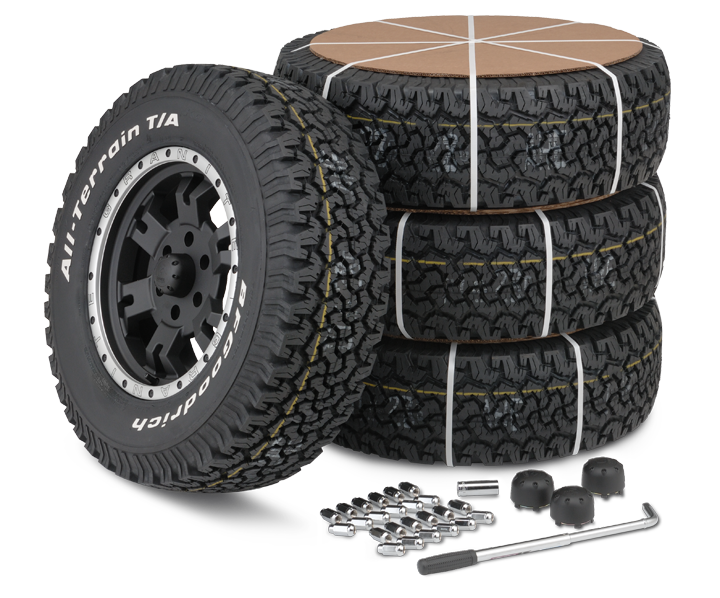Tire Service: The Impact of Weather
When it comes to guaranteeing optimum efficiency and safety when traveling, recognizing the effect of weather on tire service is vital. From scorching warmth to icy roadways, each weather aspect can significantly influence tire functionality and total driving experience. By delving right into the impacts of varying climate problems on tires, vehicle drivers can get useful insights that may boost their lorry's efficiency and long life. In this conversation, we will certainly discover the complex connection between weather and tire service, clarifying the relevance of weather-specific tire upkeep techniques and considerations.
Heat and Tire Performance
When subjected to high temperature levels, tires experience changes in performance that can considerably influence automobile security and handling. The warm created from long term driving or warm climate problems creates the tire rubber to soften, leading to lowered tread life and raised wear.
Moreover, high temperature levels can increase the process of tire aging, causing the rubber to degrade much more promptly. To reduce the impacts of warmth on tire efficiency, chauffeurs should routinely inspect their tire pressure, turn tires to guarantee even use, and evaluate for any signs of damage.
Winter Impacts
Cold weather condition conditions can have a considerable influence on tire performance and safety. In cool weather condition, tires may likewise lose air pressure extra swiftly, which can impact managing and fuel effectiveness.
To minimize the effects of winter on tires, it is vital to consistently examine tire pressure and inflate them to the supplier's recommended degrees. Using winter months or all-season tires developed for winter conditions can likewise improve grip and grasp on icy or snowy roadways - discount tires morris il. Appropriate tire maintenance, consisting of normal evaluations for wear and damage, comes to be even much more essential during cooler months to ensure ideal efficiency and security
Rainy Issues Impact
Throughout stormy conditions, tire efficiency and security can be considerably affected by the wet road surface areas and reduced exposure. The tread pattern of tires plays an important function in keeping grip on wet roadways. Tires with damaged treads are much more prone to hydroplaning, where a layer of water builds up between the road and the tire surface, leading to loss of traction. To battle this, motorists ought to regularly inspect their tires for adequate step deepness and take into consideration purchasing tires specifically developed for wet conditions.

Snow and Tire Safety And Security
When driving in snowy problems, having the appropriate tires can make a considerable difference in safety and security and efficiency. Winter tires are created with unique rubber substances and tread patterns to offer far better grip on snow and ice compared to all-season tires.
Along with making use of wintertime tires, it is vital to guarantee they are properly pumped up. Winter can cause tire stress to drop, influencing grip and handling (mopar tire service specials). Regularly checking and maintaining the correct tire pressure is vital for ideal efficiency in snowy problems

Weather-Related Tire Maintenance
When confronted with different weather problems, proper tire upkeep becomes an important element of vehicle safety and security and efficiency. Weather-related tire maintenance includes a variety of practices focused on ensuring optimal tire feature and durability in different weather situations. One key facet of weather-related tire upkeep is tire stress regulation. Fluctuating More Help temperature levels can create tire stress to vary, impacting traction and gas effectiveness. Frequently changing and examining tire stress according to maker referrals is necessary for risk-free driving in changing climate condition. Additionally, tire walk depth plays a substantial role in managing different weather condition aspects. Tires with ample walk depth give far better grip on damp or icy roads, minimizing the threat of hydroplaning or skidding. When step wear gets to a certain deepness is vital for maintaining traction and security in negative weather condition, inspecting tire walk consistently and changing tires. By focusing on weather-related tire upkeep, chauffeurs can improve safety and security, improve car performance, and lengthen the life expectancy of their tires.
Conclusion
Finally, weather problems have a substantial influence on tire performance and safety and security. From warmth impacting tire pressure and wear to winter lowering grip, it is important to consider the climate when keeping and making use of tires. Wet conditions can reduce grasp and result in hydroplaning, while snow can raise the danger of accidents if tires are not appropriately equipped. Weather-related tire maintenance is critical in guaranteeing optimal performance and security when traveling.
In this conversation, we will explore the detailed connection in between climate conditions Check This Out and tire service, losing light on the importance of weather-specific tire maintenance techniques and considerations.

Comments on “Amazing Discount Tires Morris IL: Shop Currently for Unsurpassable Financial Savings”